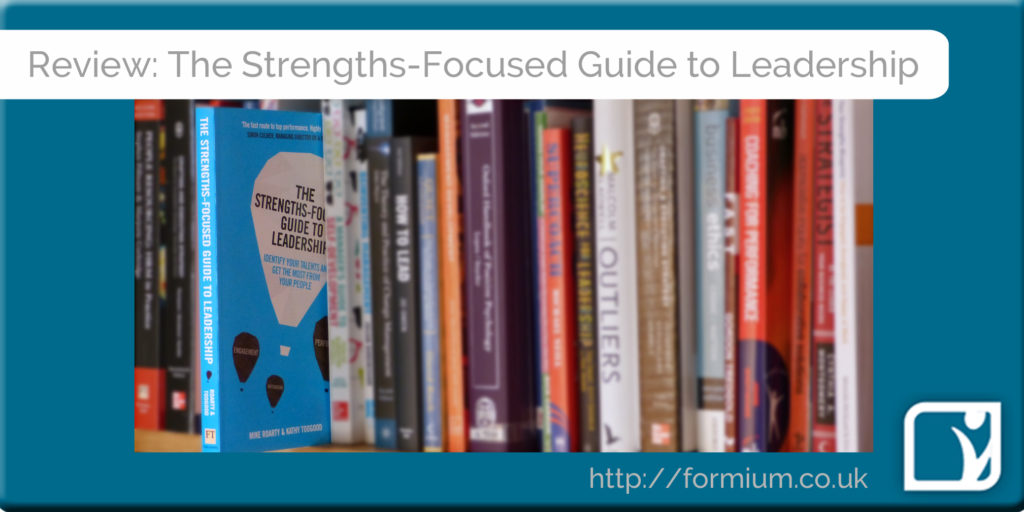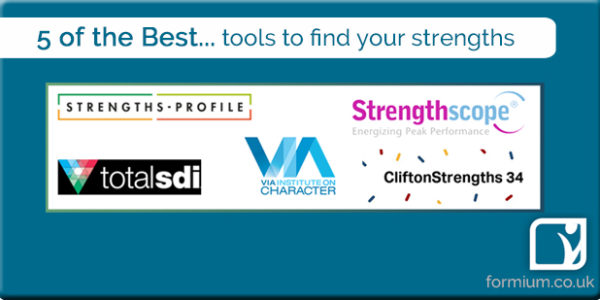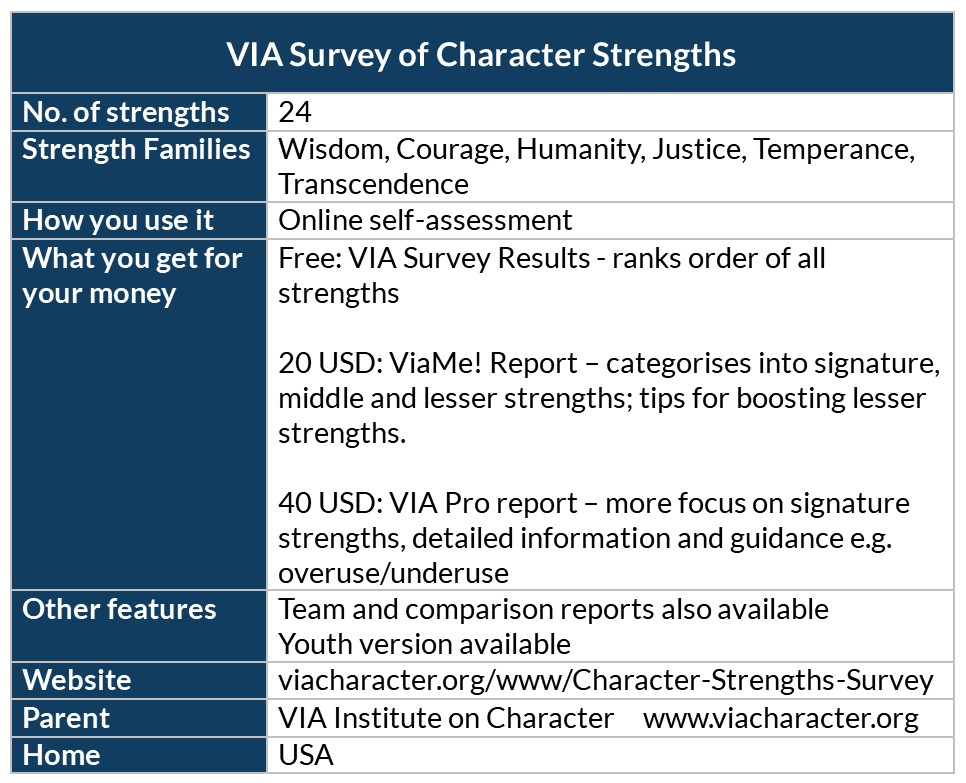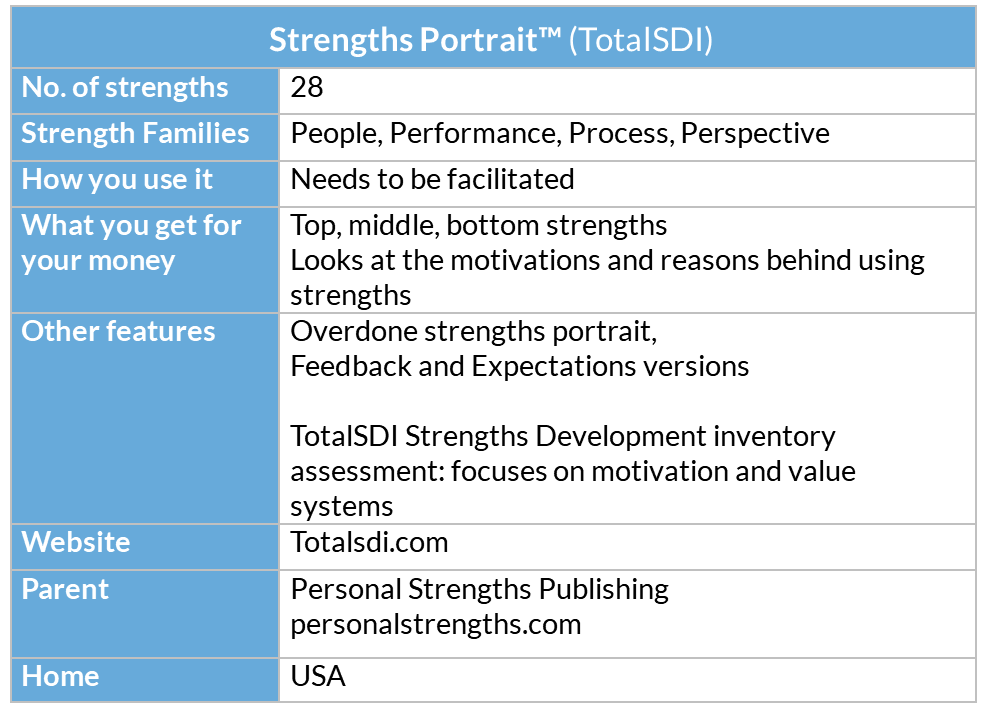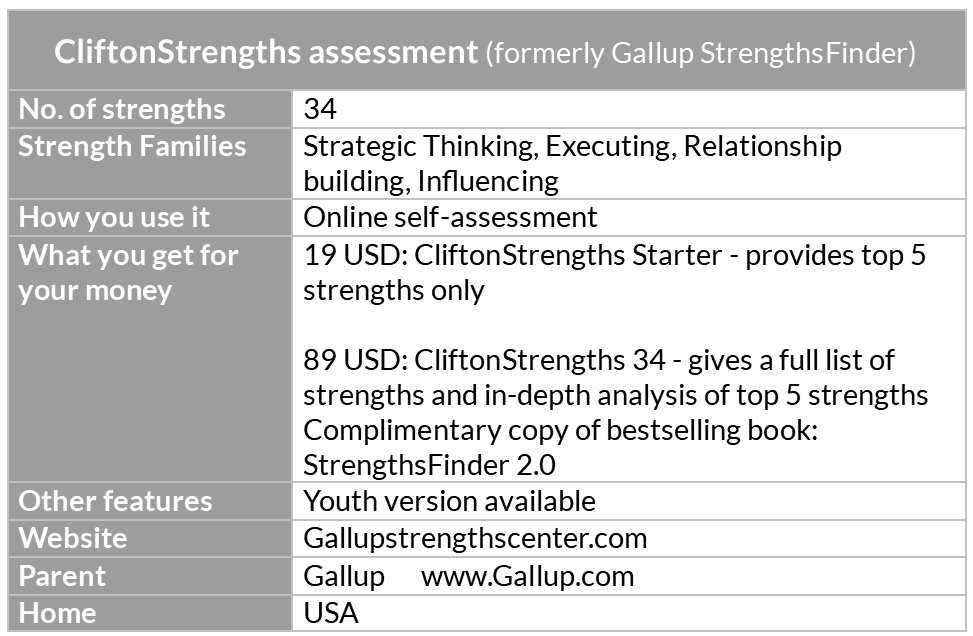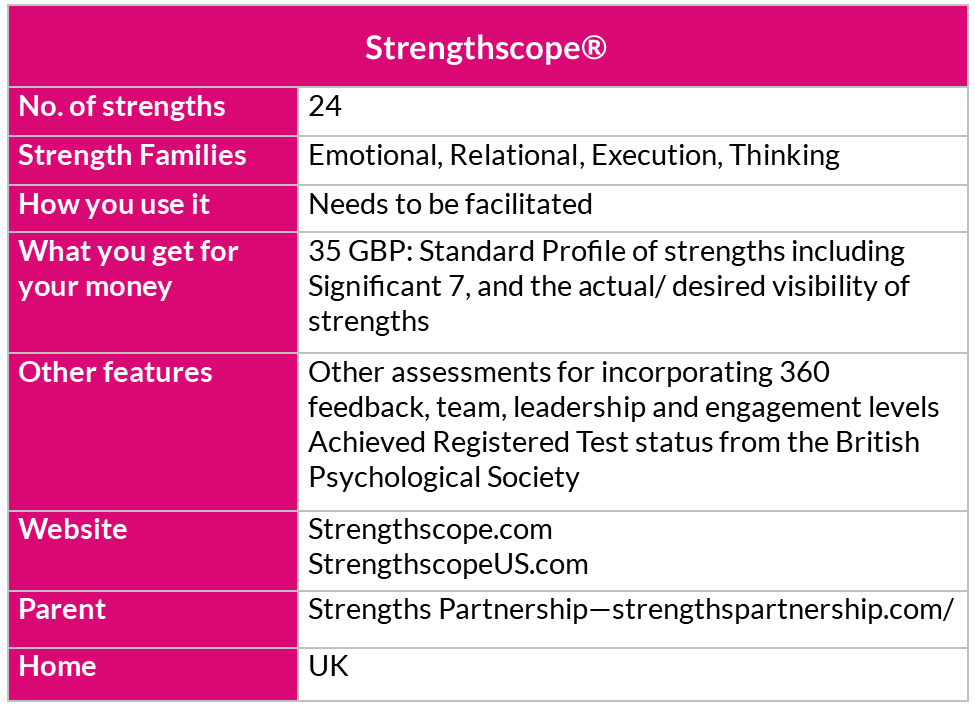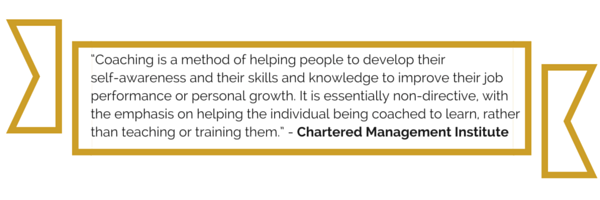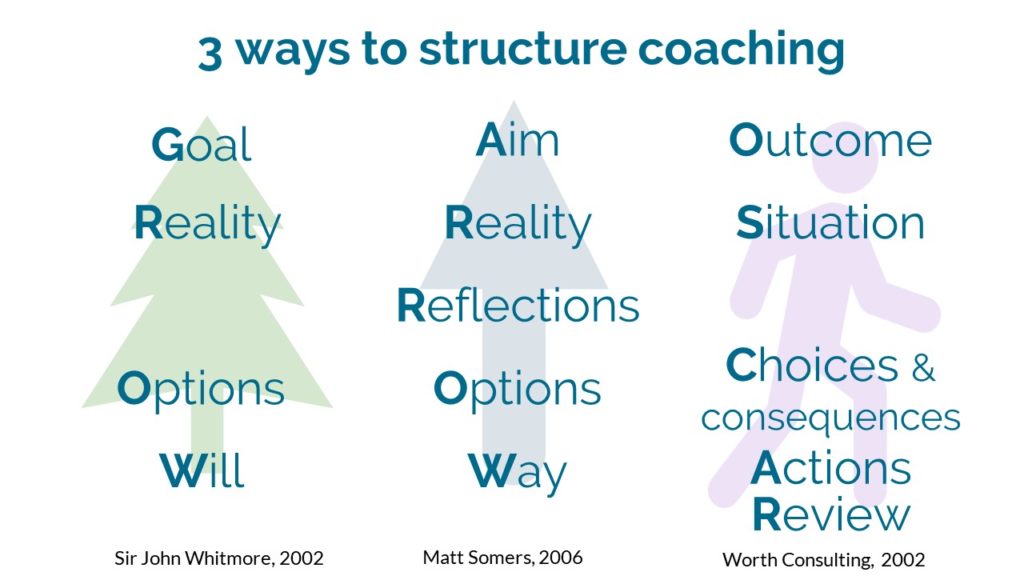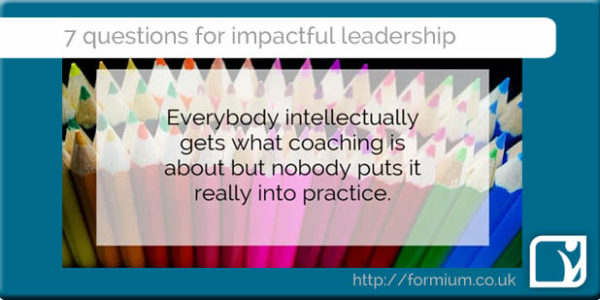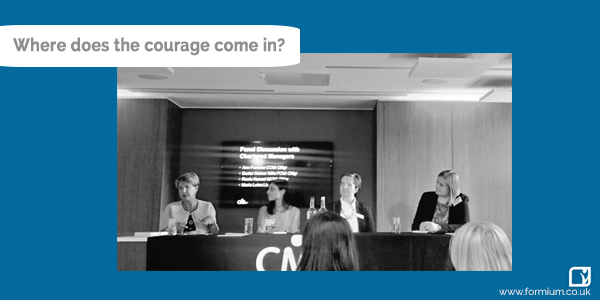Decision-making is a key skill for leadership, but one that many of us find difficult, as we are often side-tracked by emotions, or fail to analyse the data sufficiently deeply, or take mental shortcuts. I recently heard a great example of how two different attempts to solve the same problem were impacted by their approach to decision-making. It was in Tim Harford’s excellent podcast series Cautionary Tales, in which he explored the two very different attempts to construct the Panama Canal.
Ferdinand de Lesseps, the man behind the creation of the Suez Canal in 1869, headed the first attempt to dig a canal, which ran out of money and ended in failure in 1889. 15 years later, US President Theodore Roosevelt picked up the baton and more considered political and technical leadership saw the canal through to completion in 1914.
So I thought I’d share my insights about what this story tells us about decision-making and leadership.
Understand the reason for your past success.
In my workshops I often use a NASA quote which emphasises the importance of conducting neutral ‘pause and learn’ reviews regularly throughout a project – rather than having a single end-of-project ‘post-mortem’ review of failings – in order to find out why they really succeeded.
And Tim Harford suggests this issue is at the heart of de Lesseps’ obstinacy that set the project up for failure. He’d been told that building Suez was impossible, but innovative solutions had been developed and seemingly insurmountable obstacles were overcome. So when people told him his plans for Panama were impossible, he dismissed them. He didn’t think that people might have been overly cautious about Suez but correct in their concern about Panama.
He (and others) just assumed that he was the driving force behind the success of Suez, and he would do the same for Panama. Harford uses this to explore the heuristic of Fundamental Attribution Error – how we incorrectly tend to attribute results to ‘dispositional’ factors (the person) rather than ‘situational’ factors (the nature of the challenge, the resources, etc).
Be willing to change your decisions.
At the heart of de Lesseps’ failure was his obstinate insistence on digging a lock-free sea-level canal – the same design he’d successfully built at Suez. He’d made this decision without having visited Panama, or really understanding the geography – he saw a route that was less than half the length of Suez, but neglected to consider the mountains, the huge amount of rain, the mudslides and the raging rivers. He actively resisted any attempts by professional engineers to suggest alternative routes or methods, using locks and dams. And one thing I hadn’t appreciated – de Lesseps wasn’t an engineer himself, so his conviction wasn’t even based on his own technical knowledge, however mistaken.
When the Americans took over, they assumed they would keep to the same lock-free plan, but progress was slow, and after a year the officials on the Canal Commission were still divided about the design. So, a few months after appointing John Stevens as the second Chief Engineer, Roosevelt recalled him to Washington and asked his opinion. Having experienced the problems of digging in the rainy season, Stevens argued the case for a lock and dam design, and Roosevelt accepted this change of plan.
Respect the opinion of experts.
And this decision about locks was just one area where Roosevelt sought out and listened to expert advice. Yellow fever and malaria had decimated the French attempt – contributing to an estimated 20-25,000 deaths. The Americans had appointed Dr Gorgas who, armed with the latest medical knowledge, proposed to drain the swamps to tackle mosquitoes – but the Canal Commission wanted him to stick to the traditional methods of combatting disease by attacking filth and smells instead. Roosevelt’s approach was to ask the opinion of a doctor he knew who was versed in the scientific literature. On his advice, Roosevelt gave a green light to Dr Gorgas.
Be rigorous.
De Lesseps seemed to drive the project on confidence and charisma – but without the foundation of evidence and analysis. He chose to visit Panama only in the short dry season, so didn’t understand the challenges of tropical conditions. When his chief engineer calculated that because of rain and mudslides they needed to double the planned soil extraction, de Lesseps refused to alter the estimated cost or timescales. He had also ensured that the consequences of his decisions were not subjected to external scrutiny, by bribing the French newspapers.
In comparison, to establish his own evidence Roosevelt made the first overseas visit by a sitting US president. He deliberately visited in the rainy season. He ducked out of official dinners to experience the workers’ food, made impromptu visits to the hospital and often stopped workers to ask them about their experience of conditions. His approach was described as being obsessed that people were trying to hide things from him.
Think before you act.
After a year of the American effort, John Stevens was appointed as the new Chief Engineer. The first year had been characterised by red tape, disorganisation, poor supply chains, yellow fever, and limited progress – but Stevens didn’t act immediately. Instead, he visited, observed, and assessed the problems. His biographer describes this as an early form of Management By Wandering Around – and it had a fundamental result:
Define the problem correctly.
Stevens realised that the project wasn’t about digging – it was about transportation. Removing the huge amounts of heavy clay soil had been a massive problem for both French and Americans, exacerbated by rain, mudslides and multiple railway gauges. Many times the diggers had to stop because there were no trains available to remove the waste. Stevens approached this as a systems problem and made a series of decisions and innovations to increase the speed and volume of soil transported.
And while those innovations were being developed, he re-allocated the workers onto infrastructure projects to improve conditions for the workforce and to tackle the other issue that Stevens identified as a central problem: health.
Disease was the greatest enemy of a stable and effective workforce. In the absence of any scientific understanding, the French had blamed moral turpitude for the astonishingly high mortality rate. Since then, the role of the mosquito in yellow fever and malaria had been discovered. Even though the Canal Commission had appointed Dr Gorgas, who had helped eradicate yellow fever in Havana by tackling mosquitoes, they were not all convinced. But once Roosevelt had backed Gorgas, Stevens could give him the workforce he needed to drain swamps, dig ditches and deprive the mosquitoes of their breeding grounds.
Have your own personal goals
Stevens surprised Roosevelt by unexpectedly resigning after only 18 months in charge. But he’d met his own target – that the success of the canal would be either guaranteed or proved to be impossible.
He’d invested a huge amount of energy in establishing the systems that would lead to the project success – but had no desire to remain for the 8 years he correctly estimated it would take to complete the canal. There were other opportunities out there.
Applying the insights
I hope you found this as fascinating as I did. It really is incredible to think of how these massive projects were completed without the computers and technology that we rely on today. But even so, you can see that the key issue that remains the same, from one century to the next, is the quality of leadership and decision-making.
Picture credit: Bernal Saborio on Flickr, CC BY-SA 2.0








